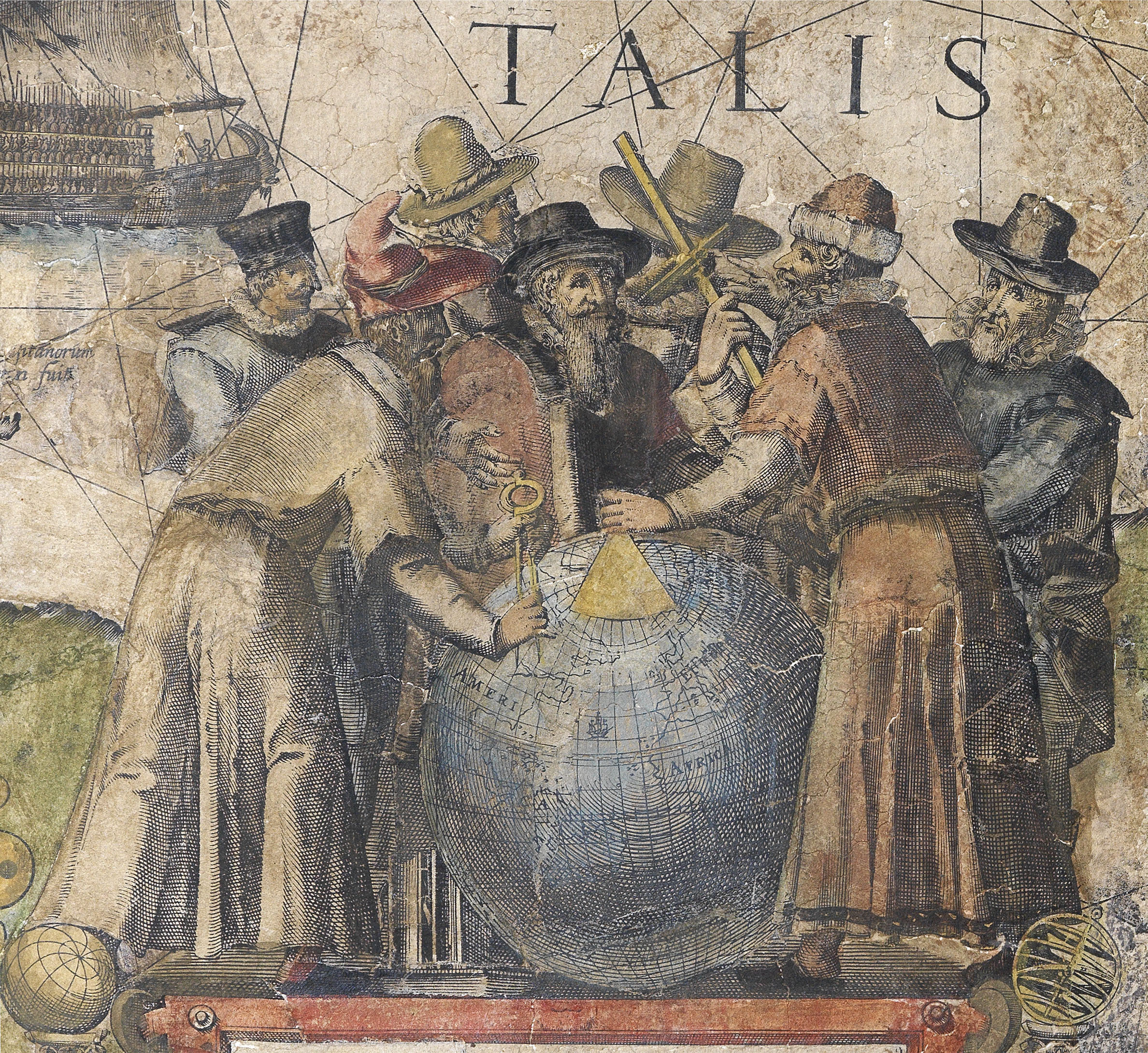William Daniell
(1769 - 1837)

One of the foremost landscape artists of the early nineteenth century, William Daniell was adopted by and apprenticed to his uncle, Thomas Daniell (1749-1840), an accomplished artist in his own right, and pioneer in the development of the aquatint process in Britain.
When he was fifteen, he accompanied his uncle to India, where from 1785-1794 he worked as his assistant, finishing of his uncle’s sketches and oil paintings, as well as creating his own sketches. The resulting work, which took fifteen years to complete, Oriental Scenery (1795-1808), is one of the quintessential depictions of India in the eighteenth century. Their next project was Voyage to India by Way of China (1810).
From 1795 to 1838 William Daniell exhibited at the Royal Academy and the British Institution (1807-36), and the subject of his pictures gradually diverged from those of his uncle, concentrating less on topography than on oriental fantasy. He joined the Royal Academy Schools in 1799, becoming an associate in 1807 and Royal Academician in 1822. In 1826 he won a prize at the British Institution for The Battle of Trafalgar.
William Daniell’s magnum opus is his A Voyage Round Great Britain: “not merely to give plans and outlines of its well-known towns, ports, and havens, but to illustrate the grandeur of its natural scenery, the manners and employment of people, and modes of life, in its wildest parts”. For twelve years, from 1814, Daniell travelled from Land’s End to John O’Groats via the west coast, then back to Land’s End via the east. For the first few years, he was accompanied by Richard Ayton (1786-1823), an author and sailor, who wrote the text for the book. On the strength of this mammoth undertaking alone, Daniell was elected full member of the Royal Academy in 1822.
 地图
地图  地图集
地图集  珍本
珍本  版画
版画  天文仪器
天文仪器 






